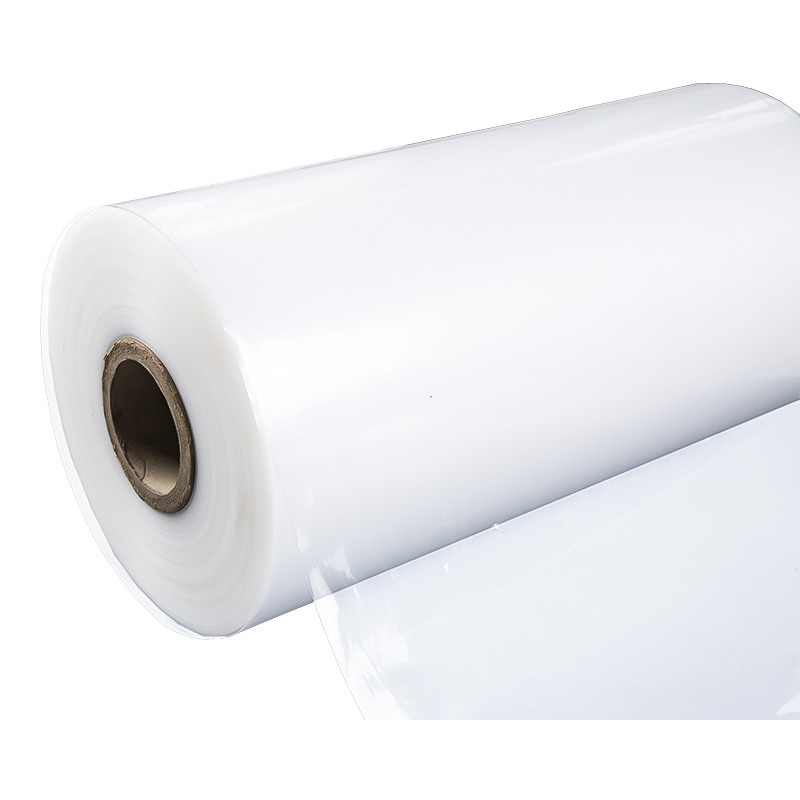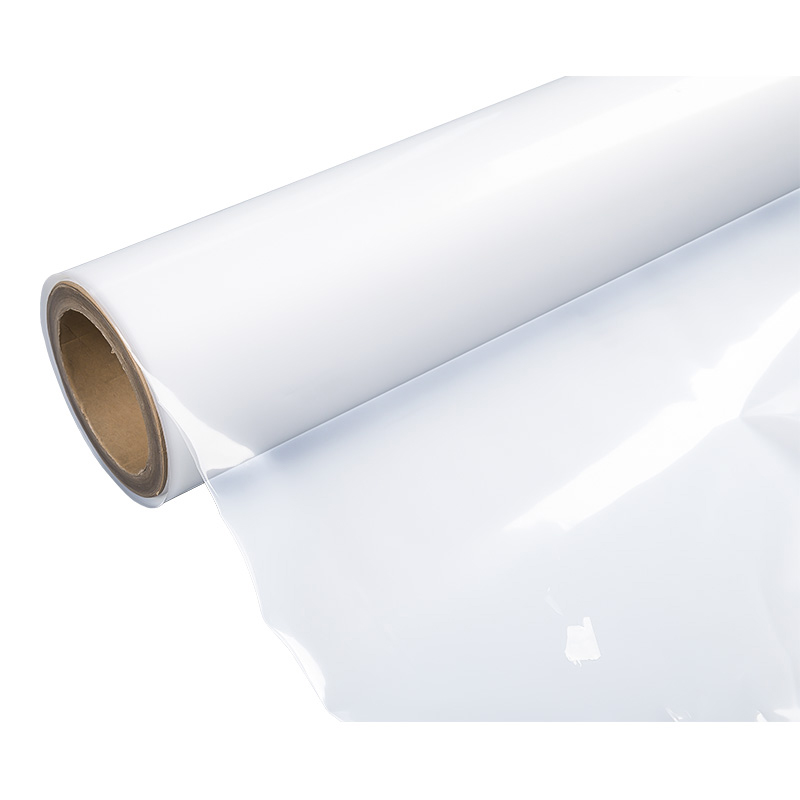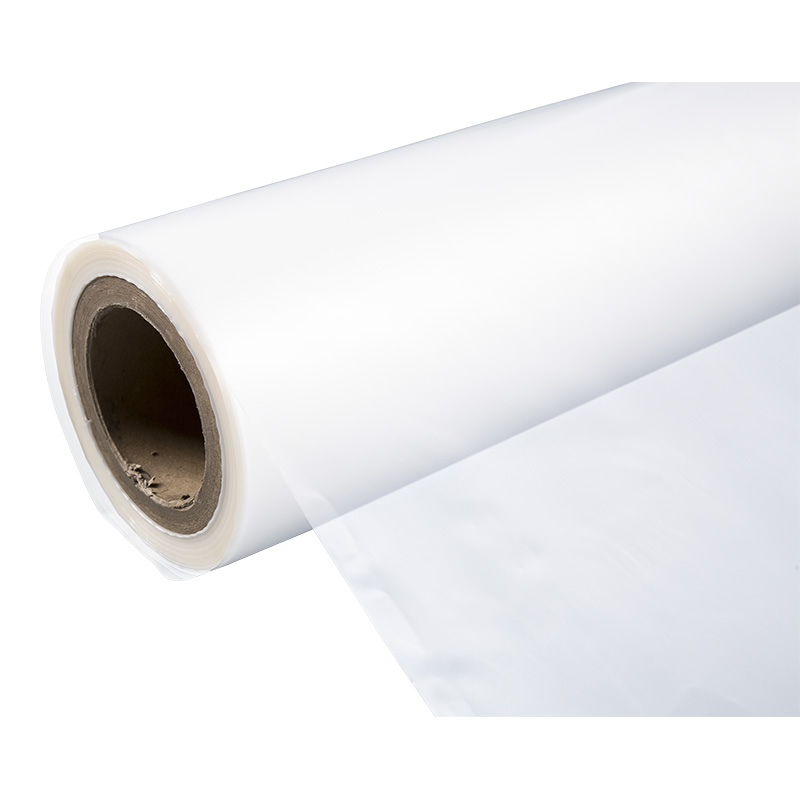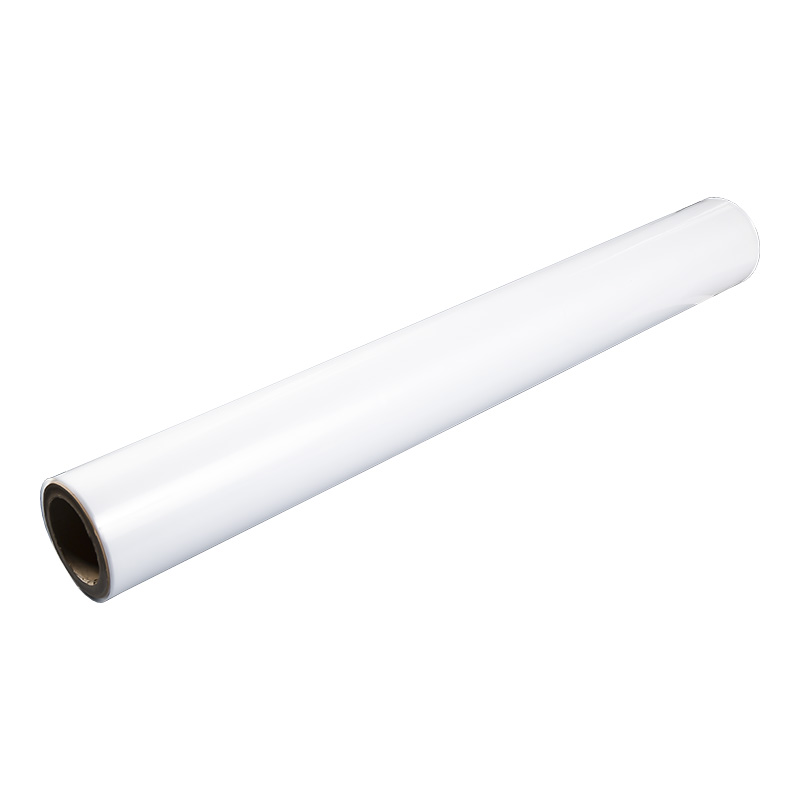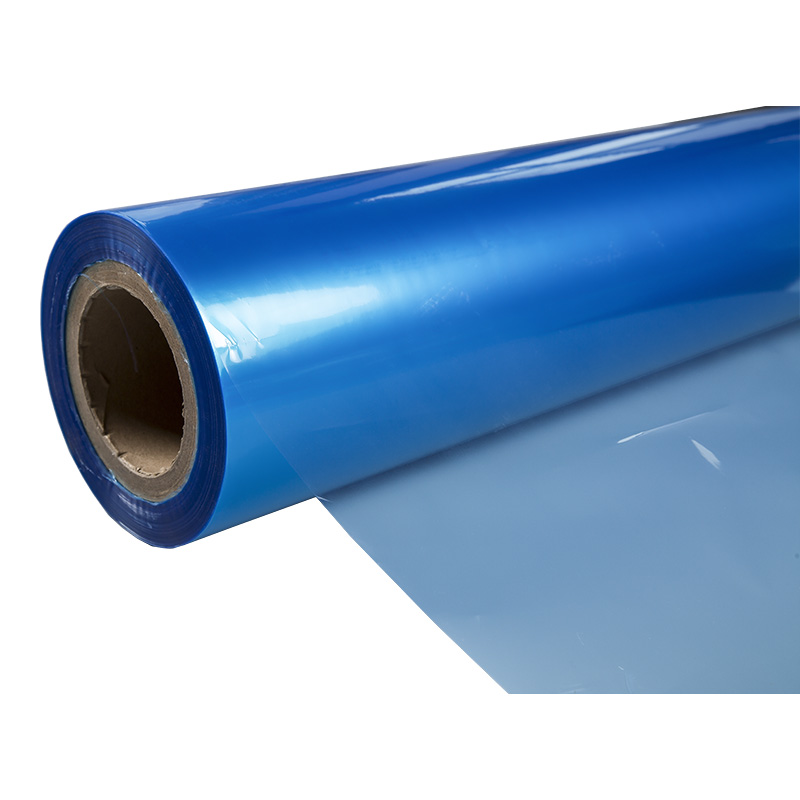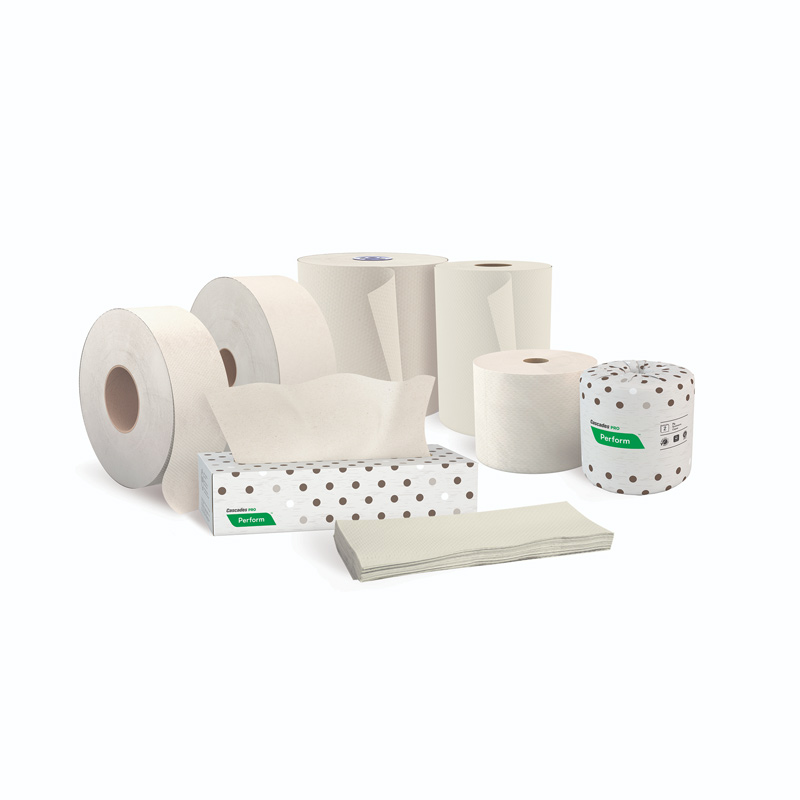The durability of Antistatic Film is a crucial performance indicator in practical applications. Durability generally refers to the ability of a material to maintain its original performance after prolonged use or exposure to specific environments. For antistatic films, durability is not only related to the durability of its antistatic properties, but also involves the stability of its physical and chemical properties.
1. Definition and importance of durability
Durability is a core concept in materials science, which determines the service life and reliability of materials. For Antistatic Film, durability is directly related to its stability and safety in various applications. An antistatic film with good durability can maintain its antistatic properties during long-term use while resisting erosion by environmental factors, such as temperature, humidity, ultraviolet rays, etc.
2. Factors affecting durability
1. Material composition
The material composition of Antistatic Film has a decisive influence on its durability. For example, the use of highly stable resin substrates and high-quality antistatic agents can significantly improve the durability of the antistatic film. These materials are not prone to degradation or aging over long periods of use, thus maintaining stable performance.
2. Production process
The production process is also an important factor affecting the durability of antistatic films. Advanced production technology can ensure that the antistatic agent is evenly dispersed in the resin substrate to form a stable antistatic layer. At the same time, reasonable production parameter control (such as temperature, pressure, speed, etc.) can avoid defects and stress concentration during the production process and improve the durability of the antistatic film.
3. Environmental factors
Environmental factors have a significant impact on the durability of antistatic films. Environmental factors such as high temperature, high humidity, and ultraviolet rays will accelerate the aging process of antistatic films and reduce their antistatic and physical properties. Therefore, when using antistatic films, it is necessary to consider its application environment and take corresponding protective measures.
3. Durability test method
To evaluate the durability of Antistatic Film, a series of standardized test methods are typically used. These test methods include but are not limited to:
1. Aging test
The antistatic film is placed in a simulated high temperature, high humidity or ultraviolet environment for aging tests to observe its performance changes. By measuring the performance indicators (such as surface resistivity, light transmittance, etc.) of the antistatic film before and after aging, its durability can be evaluated.
2. Friction resistance test
Simulate the friction that the antistatic film may suffer during actual use, and evaluate its durability by measuring the performance changes of the antistatic film before and after friction.
3. Chemical reagent resistance test
Expose the antistatic film to various chemical reagents and observe whether it dissolves, discolors, or deteriorates in performance. This helps evaluate the antistatic membrane's ability to withstand chemical agents.
4. Measures to improve durability
In order to improve the durability of the antistatic film, the following measures can be taken:
1. Optimize material formula
By optimizing the type and ratio of resin substrate and antistatic agent, the chemical stability and physical properties of the antistatic film can be improved.
2. Improve production technology
Advanced production technology and equipment are used to ensure the uniform dispersion and stable combination of antistatic agents in the resin substrate. At the same time, we strengthen quality control and testing methods in the production process to ensure product stability and reliability.
3. Strengthen usage environment management
When using antistatic film, pay attention to controlling the impact of environmental factors (such as temperature, humidity, ultraviolet rays, etc.) on it. For antistatic films that need to be exposed to harsh environments for a long time, corresponding protective measures (such as installing sunshades, reducing ambient humidity, etc.) can be taken to extend their service life.
The durability of Antistatic Film is a comprehensive performance index, which is affected by various factors such as material composition, production process and environmental factors. By optimizing material formulas, improving production processes, and strengthening environmental management, the durability of antistatic films can be significantly improved to meet the needs of various applications.

 +86 139-6715-0258
+86 139-6715-0258 
 Monday to Friday 8 am. to 6 pm.
Monday to Friday 8 am. to 6 pm. 
 English
English 中文简体
中文简体